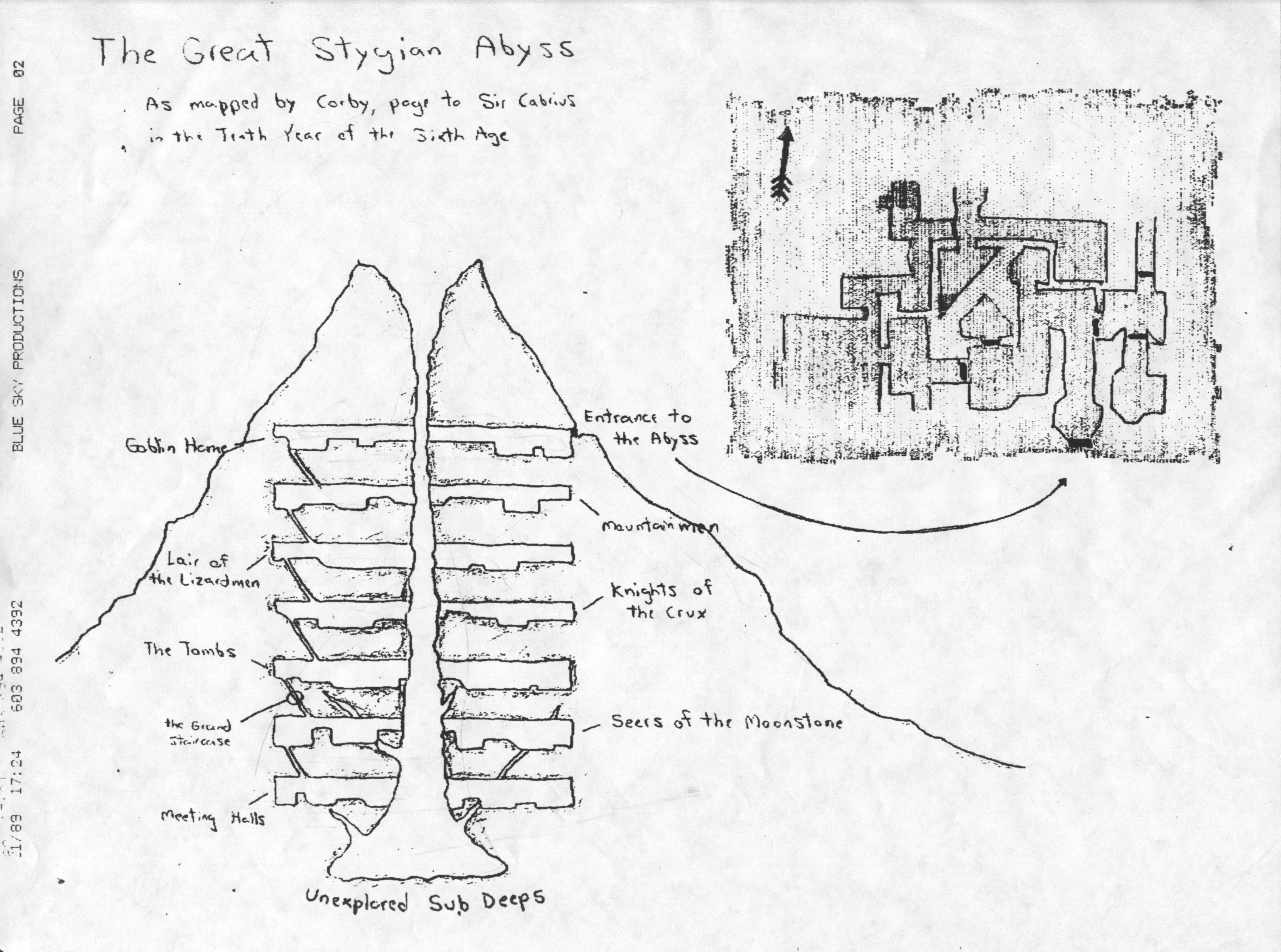Short version:
- Architects build buildings, game designers build worlds. (duh)
- Godwin's law.
- Architects should be less creative and be more like game designers.
- Israel is home to quite possibly the best real life example of open-world game design.
It's Skyrim meets Ultima Underworld in the Levant.
Also Krzysztof Goliński presented a few art projects and Dr. Vered Pnueli talked about the work they do at Shenkar. The curator Shalev Moran acted as MC.
During the panel discussion, someone asked the speakers what they think about the relationship between architects and game designers. It's a fairly general question, so my mind went off in wild directions, so don't expect a definite answer by the end of this post.
First, the word architect. "Tekton" is a Greek word meaning among other things builder. An architect is a super-builder, but architects build buildings, while game designer build worlds, or as Shalev Moran very accurately pointed out, they build systems because games are systems, not just places.
Which brings me to the second point:
When architects go bad.
When architects go bad and decide they're not satisfied with shaping small plots of land and want to reshape the world, you get Adolf Hitler.
Most people know Hitler was a failed artist, but not enough know that his primary obsession was architecture and city planning. Together with Albert Speer he planned to raze the decadent, liberal, Jewish, homosexual Berlin to the ground and in it's place raise Germania, a new capital, not of Germany but of the entire world.
One can only imagine that maybe if Hitler had a copy of SimCity, WWII would not have happened.
- (Side note: SimCity was inspired by a scifi story about a cruel tyrant)
Architects, especially those who design large public structures, could learn a lot from them.
Israel is chock full of examples of un-navigable buildings, which brings me to my fourth and final point.
Smack in the middle of Israel sits a huge white elephant, a monumental building which until recently held a Guinness world record for being the largest of it's kind:
The Tel Aviv Central Bus Station!
 |
| Credit: Moshe Shnabel Scholarship Foundation |
Now, if you've been there, you're probably thinking, WTF, OPEN?! The station is hard to get into, and even harder to get out of!
That is basically the point. An open world game isn't open because it has clearly marked exits, but because of how you navigate inside it and it's in this sense that the TLVCBS resembles games like Skyrim, while a simple, effective train station is more like a map in an objective based game.
In an objective based game, or a train station, you can easily choose between several objectives (platform 2 north, platform 1 south) and take one of few possible routes (elevator, stairs).
In Skyrim as in the TLVCBS, regardless of the end goal, the abundance of choices and distractions defines your experience.
You could enter the station or Skyrim with a very specific goal in mind, to finish a specific mission or to board a specific bus, but it's not possible to plan in advance the specific route, and on the way there you will necessarily choose to take on or ignore side-quests, shops, public restrooms, vending machines.
You will stop and stare at a graffiti, meet someone you know, learn something new, buy something you don't need. On the way back, you will never take the same route, even if you're sure it's the shortest path.
Just like in Skyrim, there are tribes, territories, ecosystems.
- There's an area called "the Israeli Chinatown".
- There's a ghost town that's been taken over by penniless artists.
- There are places of worship: synagogue, church, maybe even a Buddhist temple.
- I know of a place where a crazy bard resides, surrounded by books written in a dead language.
- The exits/entrances act like sea-port towns: that's where you'll find food vendors and exotic knickknacks.
- If you want something specific, like textile or books, you might find it anywhere, but there are also specific markets... you can buy almost anything, except I'm pretty sure there's no fishmonger's alley.
 Unlike Skyrim, which happens mostly above ground, the TLVCBS is more like a leveled dungeon in the style of Ultima Underworld or Rogue-like games but partly upside down. Instead of entering from the top and working your way down, you generally start at the bottom and work your way up. The bottom level is the most accessible and friendly and as you climb up and get deeper, it gets lonelier, scarier and more confusing.
Unlike Skyrim, which happens mostly above ground, the TLVCBS is more like a leveled dungeon in the style of Ultima Underworld or Rogue-like games but partly upside down. Instead of entering from the top and working your way down, you generally start at the bottom and work your way up. The bottom level is the most accessible and friendly and as you climb up and get deeper, it gets lonelier, scarier and more confusing.So what can we learn from the Tel Aviv central bus station with regards to game design?
I'm afraid the station will not give up it's secrets easily... my attempts to obtain a map have failed. All that remains now is to mount an expedition... a quest... we will need heroes... horses, food... maybe not horses but we definitely need heroes.
If you'd like to join me, leave a message below or click on the "Let's talk!" page above.
Or you can stay home, watch Darkon and wait for us to return with gold, sambusak and strange stories...
.jpg)

the bard between the spirits and the books is ready to show you some roads in the Underworld of the Station. But we might get lost...
ReplyDelete